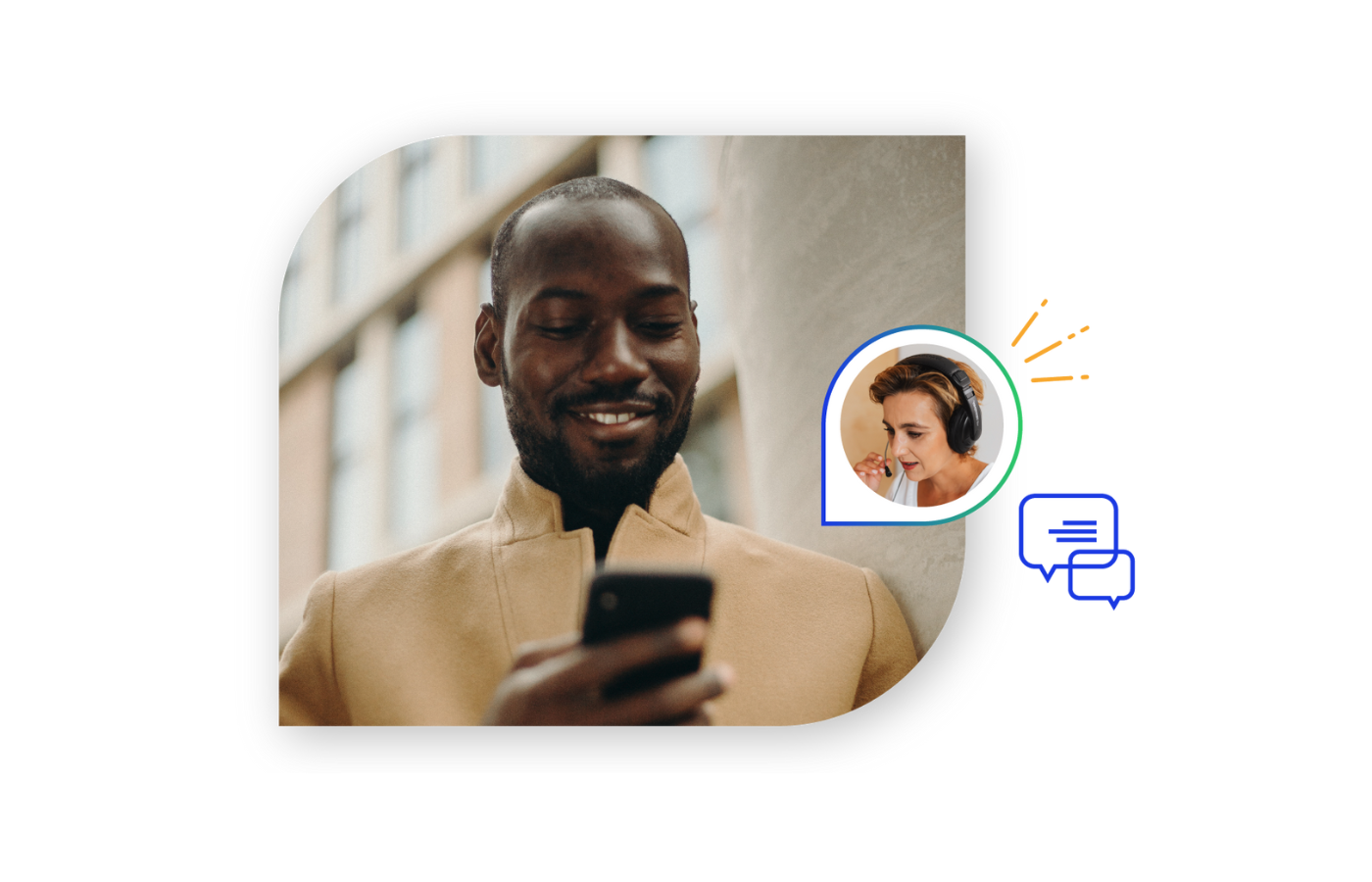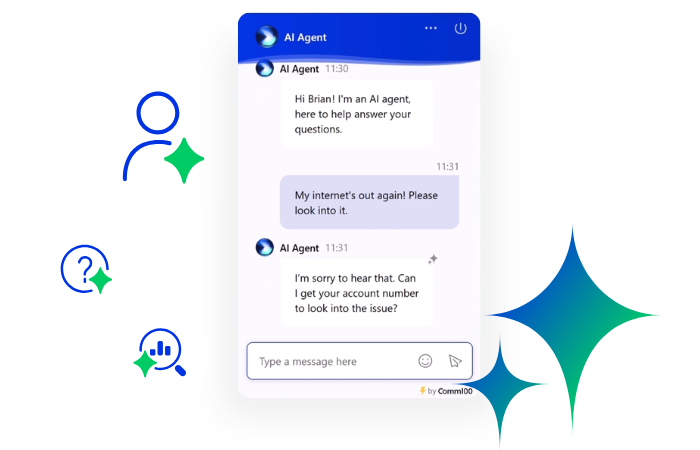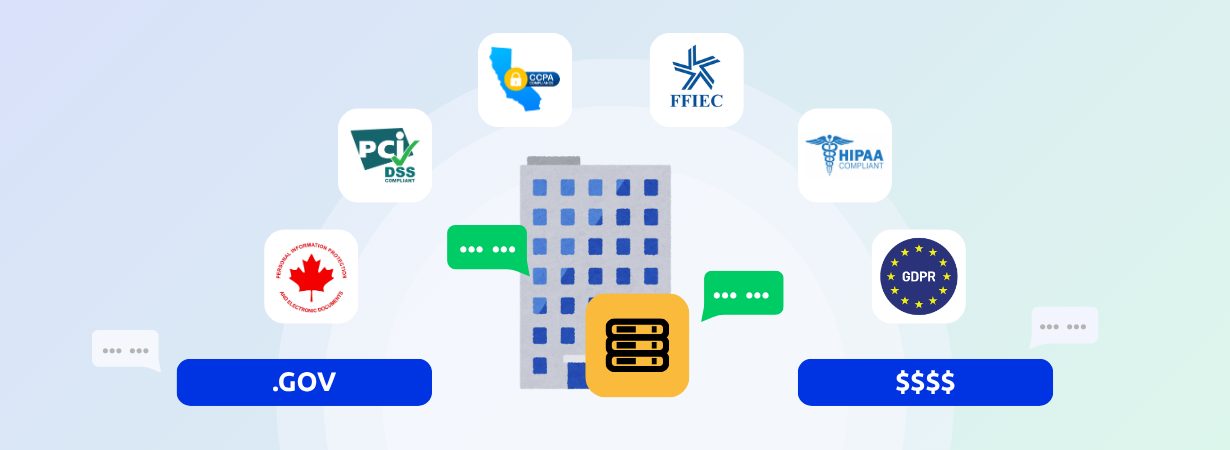Perhaps you’re like me, and you hunt up and down the aisles of the local hardware store looking for that elusive part. You know what you need, and you know what it should do, but you’re not sure if you can find it in the hardware section or the plumbing section… or maybe it’s in electrical?! You obviously need some help.
We’ve all experienced it, often more than once. The search for someone to help when you’re in a retail environment is nothing new.
You look around to get help from a salesperson, but fail to see anybody. The shop is full of products, but no one is available. In fact, in some stores there seem to be more people looking for help, than people buying!
Looking for help, all you can see is a small sign hanging on the wall telling you to email or call the number for assistance. What do you do now? Well, if you’re like a large majority of people, you leave and shop elsewhere – generally with a very negative impression of the service (or lack thereof.)
Sounds ridiculous, right?
Sadly, this scenario is not restricted to brick and mortar operations. Many e-commerce sites fail entirely at providing assistance to their customers. And this becomes a problem when, according to a study by Econsultancy, as many as 83% of online shoppers need support to complete a purchase.
Live chat is an ideal support channel in these types of situations – where customers make buying decisions quickly, and if they encounter a problem, that needs to be resolved quickly. If it goes unresolved, they’ll just go somewhere else.
But businesses everywhere, not just eCommerce firms, are now considering live chat as an urgent business priority. Here’s some of the reasons we’ve identified from clients around the world as to why they’re making the investment.
Build an Optimal Channel Mix
Many companies tend to offer support by phone and email. But as live chat adoption rises and customers get used to live chat as a contact option, offering these limited channels just doesn’t cut it any more.
Many websites offer email assistance. While emails are quick and easy to send, they don’t provide the type of instantaneous support that rescues abandoned baskets and keeps buyers engaged throughout fast-paced buying journeys.
While the birth of the telephone caused the creation of the very first contact centers, it’s now rapidly sliding in popularity as a contact method. Deloitte’s 2017 Global Contact Center Survey identified that contacts by phone are expected to fall from 64% in 2017 to 47% in 2019.
Why? There’s a few compelling reasons.
The internet has completely changed possibilities for the ways we communicate, giving us not just queries that are often more complex, but also allowed companies to create a mix of contact channels that customers can choose from to suit their circumstances.
The telephone often isn’t the most convenient channel of choice for customers any more. Many customers never want to have to contact customer support, and having to take time out of their schedule to make a phone call tends to make for pressured, unsatisfactory interactions. For some customers, especially millennials, they detest being forced to use the phone. Not to mention that phone calls for international shoppers can be costly.
Deloitte recognize that much of the lost contact volume from the telephone will go to live chat or social media. And that’s a compelling reason in itself as to why companies should consider adding it to their channel mix as an urgent priority – to save that lost volume from heading to a competitor who does have chat.
In itself, live chat is making huge strides in popularity. In fact, the eDigital Customer Service Benchmark report pointed out that website visitors enjoy live chat more than other customer service channel. The statistics show that live chat has a 73% customer satisfaction level, as compared to email (61%) and phone with 44%. The popularity of this medium of communication is only increasing and is expected to grow by 87% in the coming 12-18 months.
Developing a strong channel mix goes further than just adding channels to increase customer convenience. Extra possibilities emerge when you begin to blend channels together and choreograph how they work together to produce better customer experiences.
For example, by pairing live chat with self-service through integrating knowledge bases, you can give your customers the option of accessing a self-serve database, within the chat windowbefore they start to chat. In the retail example above, this would be like making sure there are always salespeople on hand and ready to help, while also giving customers and staff access to an easily searchable big book of commonly asked questions to search before they consider asking a member of staff.
Offer Immediate Responses to Meet Immediate Needs
In the world we all live in, there never seems to be enough time in the day. We not only want, but frequently need immediate responses to our questions and inquiries.
While many people spend hours researching before making a purchase, we also sometimes need help during the purchasing stage itself. Whether it’s help with more in-depth product questions, issues with the checkout process, or questions about delivery, queries like this come from website visitors who clearly have a high degree of interest and are strongly considering making a purchase.
But for visitors whose wish to buy can be fleeting, it’s not helpful to be forced to take time out of their day to make a phone call, or wait hours or days for their email to be returned. The Econsultancy report that we discussed earlier makes it clear that over 71% of online customers expect rapid assistance. They want help within 5 minutes, and if they fail to get help, 48% will leave the site and shop elsewhere.
With live chat, such frustrations are removed. Responses can be received almost instantly. Live chat enables website visitors to get feedback within seconds, and problems can be resolved completely within a single conversation. This is a significant positive aspect of live chat, given that 90% of online shoppers get frustrated at some point in the process, and that frustration can drive them away.
Offering immediate assistance helps enable a faster decision-making process for customers – capturing more of them before they change their mind on a purchase, or abandon it for being too difficult.
What makes the immediacy of live chat such an urgent priority today lies in the reason why companies such as Amazon have become so successful. We live in an increasingly 24/7 world, and companies who respond to immediate needs will always have an advantage over companies who lag behind. Live chat is a great tool to allow you to gain that edge and give website visitors and customers the immediacy of response they’ve come to expect.
Recommended for you: The Top 10 Live Chat Software Vendors Reviewed
Increase Convenience for Your Customers
Research conducted by Forrester indicates that consumers want help from real people when shopping online. In fact, 44% of consumers agree that access to live chat during a purchase is an essential factor.
Think about the experience of making a phone call to a customer service team. It’s an inconvenience to you, not only because you never wanted to have to contact them in the first place, but you have to take time out of your schedule to do it. Squeezing a phone call into your precious lunch hour is demanding of your time, effort and phone bill. Not to mention, you’ll likely be subjected to layers of IVR hell and terrible hold music before you actually get to speak to a person.
The beauty of live chat is in its ability to allow customers to multitask. While chatting, customers can chat while at work or while browsing other websites. There isn’t the urgent need to get chats over and done with quickly because they’re demanding of a customer’s attention. Customers can happily get on with other things, and just wait for the ‘ping’ that indicates they have a response.
This increased convenience makes live chat such a priority as it’s incredibly customer-focused. Few organizations map customer journeys to the point of considering whether a particular contact method is even suitable for their customers. Organizations who do consider this can often make big strides in smoothing customer journeys purely by implementing more convenient channels.
Communicate More Easily
Phone calls and emails provide very little room for different types of interaction between the customer and the company. Chat, however, offers far more ways to relay and communicate information than simply giving responses via voice or text. Everyone learns in different ways, and over chat, agents can use a number of different methods to resolve customer queries in a way that makes sense to that individual customer.
Screen sharing is one way that agents can help to resolve complex or technical situations. Especially where agent and customer don’t have shared technical language or understanding, being able to see the other person’s screen helps agents to guide customers through scenarios that would be very difficult to resolve over phone or email.
Tools like integrated knowledge bases or audio/video chat allow customers to choose interaction options that suit them, increasing engagement and allowing for different degrees of personalized service to suit the customer.
Proactive chat is another way to engage and interact with your website visitors that represents a novel way to engage with them. According to Harvard Business Review, a surprise is still one of the most effective ways to win customers, and proactive chat plays right into that – when customers are browsing through your website, you can use proactive prompts to engage them immediately.
When these proactive chat prompts are implemented thoughtfully, they can act as a surprise to the customer, as while they were busy searching for an answer to their question, a path to a solution suddenly pops up. Then when the rep manages to solve the problem of the customer, that’s a great outcome that was likely unexpected.
Chat offers so many possibilities for different types of interaction over and above simple voice or text. As complexity of contacts increases, it’s essential for organizations to choose communication methods which assist in query resolution, and don’t cause problems that can hurt customer satisfaction. This complexity isn’t going to decrease any time soon, so consider how your current communication methods assist in solving these types of queries. If you’re still relying on phone and email to solve complicated and technical problems, live chat can be a great way to reduce handle times and achieve first contact resolution faster.
Live Chat Interaction Reduces Friction in the Buying Process
Imagine you’re in a changing room trying on some new clothes, and you realize you’ve selected the wrong size. It’s going to take you time and effort to find the right size and line up again. Thankfully, you realize an attendant is waiting nearby. You shout out for help, and they give you a helpful response – they’re more than happy to help find a different size for you. You can carry on trying on some other clothes, saving time, effort and the hassle of finding the item you need yourself.
Live chat plays the same role as the changing room attendant – having live chat agents on hand and ready gives customers the option of getting assistance to help them find information and solve problems, without making them go to the effort themselves.
Reducing customer friction is named as the number 1 priority among contact center executives for 2018 in CCW’s 2018 Winter Executive Report. It’s clear why – by reducing hurdles in the buying process, customer satisfaction is more easily realized, and customers are more likely to stick around longer. In competitive environments, using live chat can be a great tool to smooth customer journeys and secure the benefits in customer retention and loyalty that come with that.
In Summary
As live chat is expected to increase in popularity and to take contacts away from the phone, investing in chat represents real opportunity for businesses to better engage their customers across a convenient channel mix, reduce friction, and respond immediately to urgent customer needs – as well as starting to reap many of chat’s other benefits, too.
Powerful live chat software
Offer real-time, personalized, efficient support that your customers and agents will love at 1/3 the cost of voice support.
Learn more
Comm100 Live Chat







